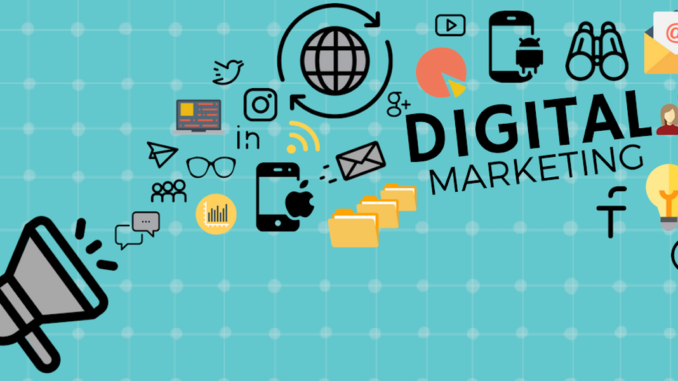
There’s no doubt that technology is changing and affecting every aspect of our lives. We talk to digital assistants to book tables, we chat with bots to get banking stuff done, and we use search engines to look up literally everything.
There are countries and cities where most people don’t have access to drinking water, but carry a (somewhat) smartphone. Because we’re so tied to our devices, digital marketing has become indispensable to any business’ marketing strategy.
Without social media outreach, a well-designed website, Artificial Intelligence (AI), and useful algorithms, no business could possibly succeed. People everywhere, regardless of their tax bracket, will pull out their devices to find what they’re looking for before reaching for a phone book.
Therefore, every business should have an elaborate digital marketing strategy, and this means they can’t leave anything out. Websites must be designed for both desktop and mobile; apps must have great UX design; everything needs to be up to speed and seamless.
It’s a necessity
If you have a business and cut corners in the digital marketing department, your business will barely close any deals. You could be the best at what you do, but if you don’t have an outstanding online presence, you’re not going very far.
One striking example is the 2008 US election. Barack Obama put himself out there, connected with voters on social media, and interacted with the community. Hillary Clinton, relying on her household name, didn’t have the know-how to do that. We believe Obama’s impeccable digital strategy is what got him the seat.
Having said this, technology has evolved quite a bit since then. We’ve put together a list for you on how technology has been and still is, changing digital marketing over the years.
Everything has to be instant
We’ve lost our patience because of technology. Nobody stands in line anymore; we get things done on our banking apps. We don’t wait to enter information on paper, and we have screens with digital signage that immediately interact with us and show us what we’re looking for.
We chat with chatbots and get our questions answered within seconds, instead of calling customer service agents and staying on the line for what feels like two eternities and a half. Social media pages and chatbots allow companies to specifically market to their niches and interact with them in the blink of an eye.
Data. Mine it. Analyze it. Use it.
We’re no longer just social media’s consumers; we’re also its product. Use that to your benefit. Figure out who in which area searches for what – market to your niche, and only your niche. No backpacker wants to see ads for baby cribs, use technology to know where to market yourself.
Data shows you which channels your customers are using, which keywords they’re typing into their search bars, and what makes them bounce back from your website. This means you need to run a lot of A/B tests to get a grasp on what keeps customers coming and what doesn’t.
Furthermore, collecting and analyzing data helps you personalize your messages and your ads, which has proven to work wonders on closing leads. As a species, we’ve become more and more individualistic over time, and nobody wants a canned message anymore.
Influencers influence. Love them. Use them.
Since we’ve got our eyes glued to our screens most waking hours, we all have influencers we know and love. They are regular people, we can identify with them, and they’re more interactive than big stars.
This digital age phenomenon is splendid news; you can use that to your advantage. Do you make backpacks? Find famous backpackers on Instagram, contact them, send them a free sample of your product, and ask them to talk about it in their videos.
Most influencers wouldn’t bad mouth a product if they got it for free, but if they like it, they will rave about it. There’s nothing more powerful than having someone that everyone identifies with rave about what you’re trying to sell.
Moreover, they will only rave about it to the people you’re trying to reach. Nobody who would never buy it will see it. That way, you’re allocating your advertisement money in the right direction, and aren’t wasting your marketing budget on people who don’t need your product.
Businesses are more interactive
Nobody has the time, patience, or energy to wait on the line because they’re the next caller, and their call is important to who they’re calling. Every successful business has a chat system on their website, with AI-powered bots responding to their customer needs.
Customer Relationship Management (CRM) is the new PR. If your company doesn’t interact with its customers on social media, digital signage screens, and per email, it won’t make it very far.
It’s important to treat them as the individuals they are and interact with them regularly, keep them engaged, and provide them with useful, wholesome content.
Go online, Stay up-to-date, and keep improving
Now that you know the importance of utilizing technology to make your marketing strategy more efficient, there’s no excuse. Chatbots don’t ask for raises or time off. Algorithms are made for you to use them.
Customized messages, interactive social media pages, and personalized marketing is the future of advertising. Your business website will start generating more leads than you’re ready for if you create a solid digital marketing strategy that uses data and algorithms to get you the results you deserve.
The post 6 ways technology is changing digital marketing appeared first on BestTechie.
